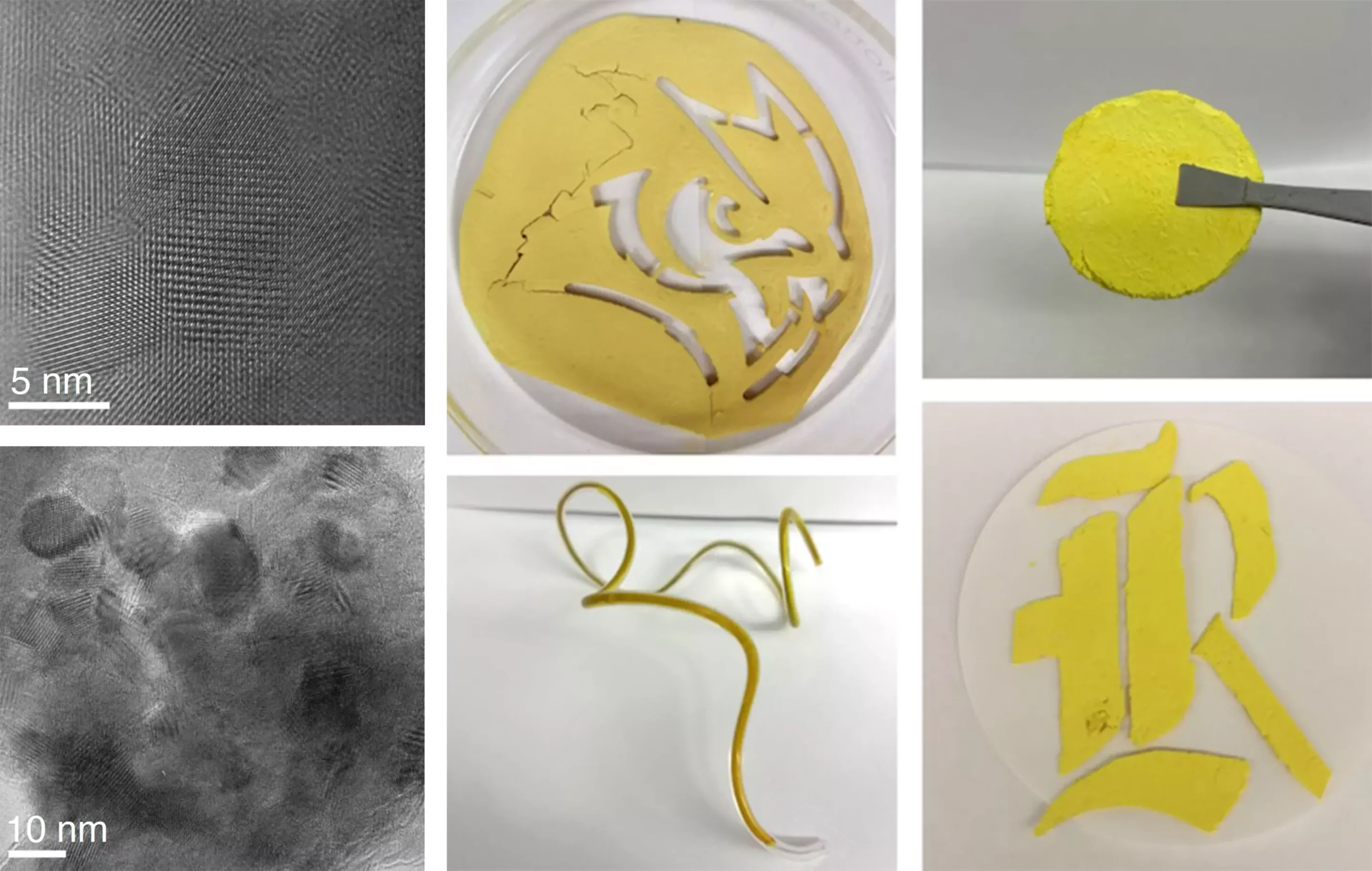The development of covalent organic frameworks (COFs) marks an exciting frontier in materials science, particularly regarding their applications in environmental remediation and energy storage. Engineers at Rice University have embarked on a mission to redefine how these promising materials are synthesized, addressing both cost and efficiency, which have historically limited their widespread adoption.
Emerging Challenges in Environmental Chemistry
Contaminants such as per- and polyfluoroalkyl substances (PFAS), often referred to as “forever chemicals” due to their resistance to degradation, pose significant regulatory and health challenges. These substances are prevalent in various industrial applications and have been linked to numerous health risks, including cancer and reproductive issues. Addressing these pollutants requires innovative materials that can efficiently remove them from the environment. COFs, with their unique structural properties, present a viable solution.
The Rice University team, led by chemical engineer Rafael Verduzco, offers a breakthrough in COF production through an advanced flow synthesis technique. Unlike traditional methods that often involve labor-intensive batch processes with high temperatures and toxic solvents, the newly developed method utilizes a multiflow microreactor. This unique configuration facilitates a continuous production system akin to a small-scale factory operating directly on the lab bench.
By carefully calibrating the mixing and reactions of precursor chemicals, the researchers have achieved a synthesis process that significantly reduces the time and cost typically associated with COF production. “We built a small, continuous production system—like a minifactory on a lab bench—where the ingredients for COFs are mixed and reacted in a steady stream instead of all at once in a big container,” notes lead author Safiya Khalil. This innovative approach enables better quality control and energy efficiency, allowing for the production of high-quality COFs ready for diverse applications.
One noteworthy finding from their research underscores the effectiveness of COFs in breaking down harmful chemicals, particularly perfluorooctanoic acid (PFOA)—a concerning member of the PFAS family. The study demonstrated that COFs produced via this new flow synthesis methodology possess superior capabilities in degrading PFOA as compared to those obtained through more conventional methods. This advancement adds to the growing narrative that COFs could play a pivotal role in mitigating environmental contaminants.
Verduzco highlights the significance of this discovery, stating, “This is an encouraging finding that adds to the growing evidence that COFs could emerge as a key player in the development of cleaner, more efficient technologies for contaminant removal.” The implications are profound, especially as regulatory agencies tighten controls around harmful substances, necessitating effective technologies for remediation.
COFs are distinguished by their crystalline porous structures made from small, repeating molecular units that can be tailored to achieve specific characteristics. The high surface area and tunable porosity lend COFs high potential for applications across various sectors, including semiconductors, sensors, water purification, and drug delivery systems.
However, past limitations surrounding the complexity and expense of COF production have hindered widespread use in commercial applications. The new flow synthesis approach aims to address these issues, paving the way for more accessible manufacturing processes that could lead to the broader deployment of COFs in environmentally beneficial technologies.
Khalil cleverly likens the new method to baking cookies in small batches rather than preparing them in bulk, emphasizing the benefits of quality and efficiency. This analogy aptly describes the precision and control involved in the flow synthesis process, from temperature regulation to ingredient mixing—improving the final product each time.
As the research team continues to refine their techniques, the potential impact of their findings cannot be overstated. The scalable nature of their synthesis method combined with its ability to produce superior COFs positions them as a significant asset in the fight against pollution and other environmental issues.
Additionally, as the world grapples with rising environmental challenges, the ability to produce effective materials for dismantling harmful pollutants will be critical. The notion of COFs as “powerful sponges with built-in ‘sunlight engines'” presents an evocative image of innovation in action. The photocatalytic degradation process, activated by light, demonstrates the practical ability of these materials to operate efficiently at room temperature, further enhancing their utility.
The research conducted at Rice University marks a crucial advancement in the field of material sciences. With the promise of COFs as versatile tools for environmental remediation, this innovative approach to their synthesis could be pivotal in addressing some of the pressing challenges of our time. As techniques continue to evolve, the hope is that these breakthroughs lead to a cleaner, healthier planet.


Leave a Reply